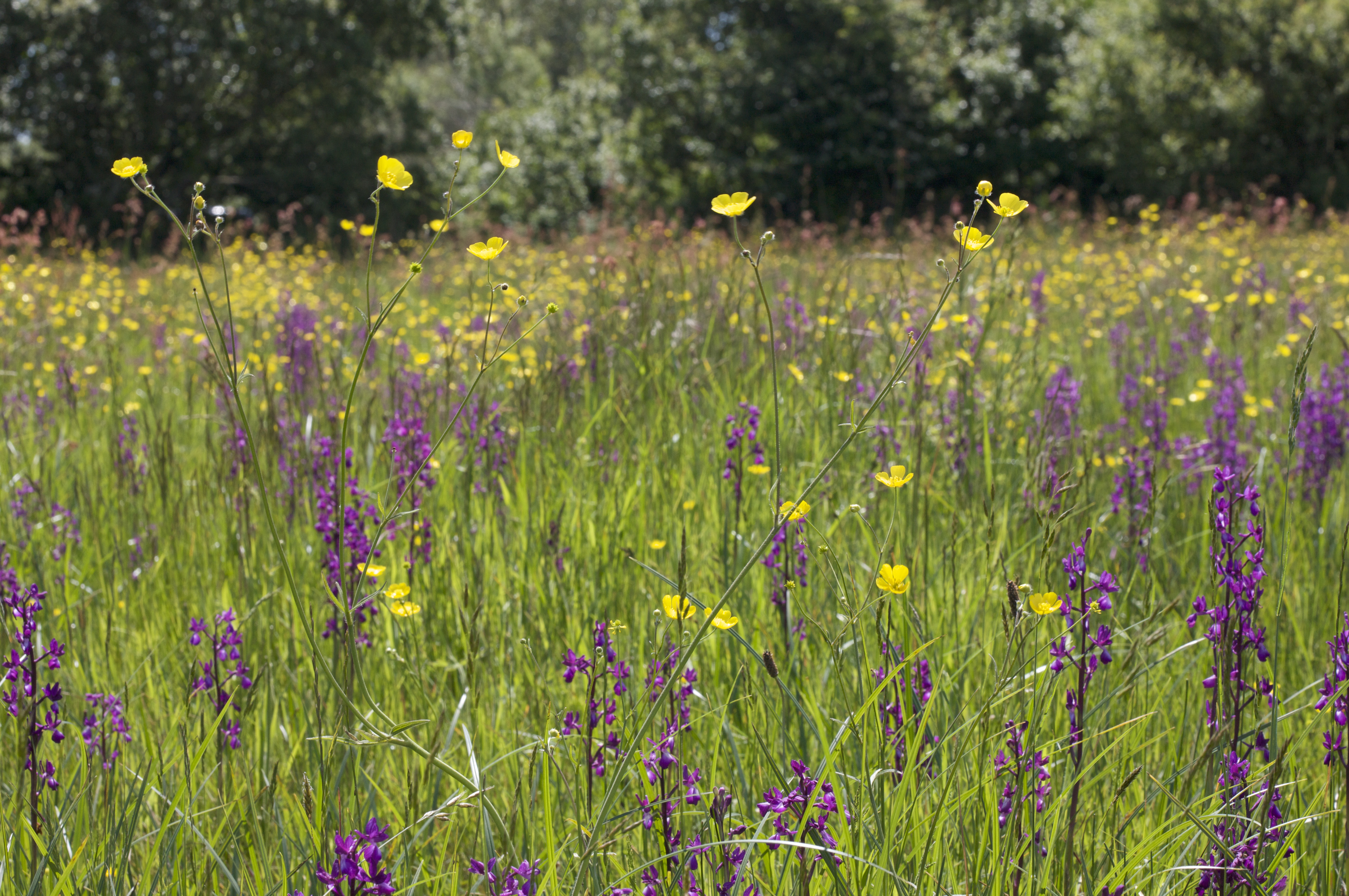How to get into wildlife recording
How to get into wildlife recording
#newyearnewme
We asked our local wildlife recorders what top tip they would give to someone starting their journey of wildlife recording for the New Year
1. Start off simple. Learn a few new species at a time and get to grips with them for a few weeks or months before moving on to others. You don’t want to overwhelm yourself with too much information to remember at the start.
2. Record something that excites you, this makes it more enjoyable and will make you motivated to get out and search for the species. Focus on a few things you are interested in so you can gain more confidence with the identification features over time.
3. Research your species of choice. Check what key identification points you are looking out for, when is the species most likely to been seen and where you need to be looking to get the best chance of spotting it.
4. Take photos of what you’ve seen. This can help with identification if you are unsure and need help. You can then share these photos on Facebook to get help with identification.
5. Join a group, club or survey scheme. A great way to start is to join a project such as Jersey Butterfly Monitoring Scheme, The Great British Bird Watch or Toad Watch. Feeling part of a group when new can make all the difference when there are people to turn to when you need help and advice about surveying and identification. It also is a great way to meet like-mind people who you can buddy up with for surveys and walks.
6. Get help with identification. Don’t worry if you think you are asking easy or silly questions. We have all had to start off somewhere. Post a photo of your find on the Facebook group Jersey Wildlife.
7. Get out and about as often as possible. Go and find a quiet spot, sit, watch and listen. Then try to identify what you’ve heard using apps to help with bird song.
8. Use Facebook groups to help with your photo identification and it is a great place to test your skills by identifying other people’s photos. This is something you can do at home or in a lunch break from work or school.
9. Take along a phone or notepad to record what you’ve seen when you go for walks. Use your phone to record what you’ve seen using the iRecord app, if you prefer paper and pen use this to record the species, location and date. A Camera is useful to snap a shot if you can to help with identification.
10. Get inspired to look for something you’ve seen on Spring Watch, Facebook, magazines or from a friend telling you about their wildlife watching experiences.
Keep trying and you will gain new skills and knowledge as time goes on.
Created with the help of: Liz Walsh and Krissy Le Feuvre


